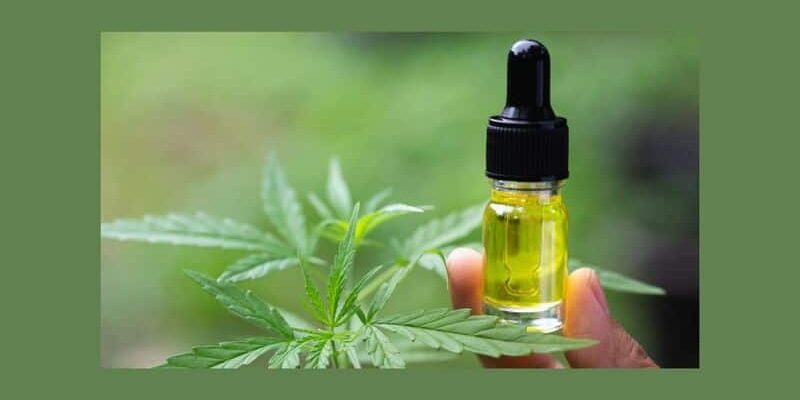The predominant extraction techniques for THC cartridges typically employ solvents like butane, propane, or carbon dioxide (CO2). These solvents efficiently extract the desired compounds from the cannabis plant, resulting in a concentrated extract.
- Butane hash oil (BHO) extraction
This technique passes butane through finely ground cannabis material, enabling the solvent to dissolve and extract the desired compounds. Afterwards, the solution purges the butane, producing a potent, golden-coloured concentrate called butane hash oil (BHO). Due to the flammable properties of butane, this process necessitates adequate ventilation and safety precautions.
- CO2 extraction
CO2 extraction stands out as the safest and most effective technique for crafting premium cannabis concentrates. This method utilizes supercritical carbon dioxide, where CO2 behaves like a liquid and a gas, to isolate the desired compounds from the cannabis plant. As a solvent, the CO2 efficiently removes cannabinoids, terpenes, and other essential compounds. This approach is preferred for creating pure, solvent-free extracts that maintain the intricate terpene profiles of the cannabis.
Solventless extraction techniques
While solvent-based extraction methods are widely used, there are also solventless techniques that offer a unique approach to creating high-quality cannabis concentrates. These methods rely on physical processes, such as heat and pressure, to extract the desired compounds without using chemical solvents.
- Rosin Pressing
Rosin pressing is a solventless technique that involves applying heat and pressure to cannabis flower or hash to extract a viscous, resin-like concentrate. This process utilizes specialized rosin presses that apply precise heat and pressure, causing the trichomes to rupture and release their contents. The resulting rosin is a flavorful and potent concentrate that retains the unique terpene profile of the starting material.
- Ice water extraction
This method, ice water extraction, involves agitating and filtering cannabis material in ice water. This process separates the trichome heads from the plant material, allowing for the collection of a pure and concentrated form of resin known as bubble hash or hash rosin. This method preserves delicate terpene profiles and produces a high-quality, solvent-free concentrate.
Post-processing and infusion
Once the desired cannabis concentrate has been obtained through one of the extraction methods, it undergoes a series of post-processing steps to refine and prepare it for infusion into THC cartridges. These steps may include:
- Winterization involves dissolving the concentrate in a solvent, such as ethanol, and then freezing the solution to remove unwanted lipids, waxes, and plant matter. The resulting solution is filtered, leaving a pure and potent concentrate behind.
- Decarboxylation – Decarboxylation is a crucial step that involves heating the concentrate to activate the THC by converting its precursor, THCA, into its psychoactive form. This process ensures that the final product delivers the desired effects when consumed.
- Terpene infusion – To enhance the flavour and aroma of the final product, some manufacturers may reintroduce terpenes from the original plant material or other botanical sources. This process creates unique and desirable flavour profiles tailored to the specific strain or user preference.
- Cartridge filling and packaging – The refined decarboxylated concentrate is carefully measured and infused into the pre-filled weed carts. These cartridges are designed to be compatible with various vaporizer batteries, ensuring a seamless and convenient vaping experience.
Quality control measures are paramount throughout the extraction and infusion process to ensure the final product’s safety and consistency. Reputable manufacturers adhere to strict protocols and testing procedures to minimize the risk of contaminants, residual solvents, or impurities.







Comments